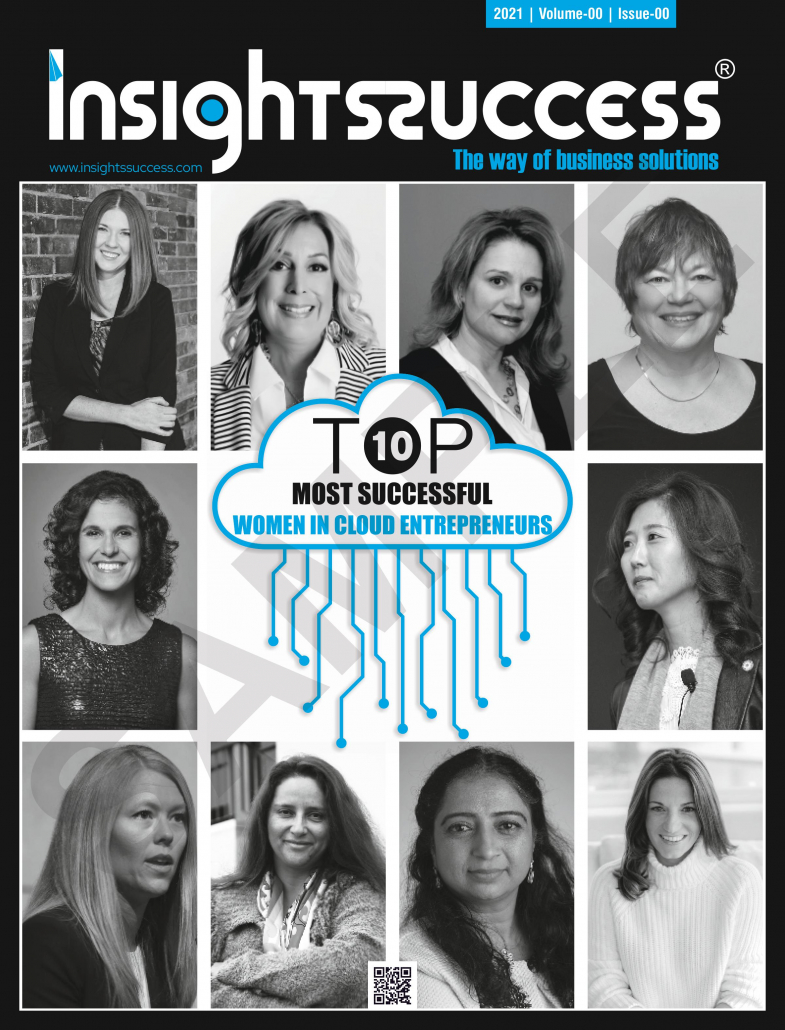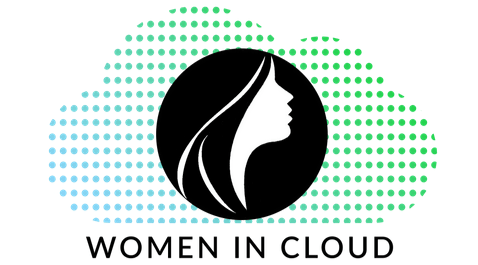Drum Roll! What a fantastic recognition of contributions made by Women In Cloud Entrepreneur’s.
‘1$ Billion in Economic Access by 2030’; that is the audacious goal Women in Cloud is in pursuit of. With the Women in Cloud Accelerator, $80 Million has already been generated towards that goal which aims to contribute to the UN Sustainable Development Goals.
The Women in Cloud Microsoft Cloud Accelerator has had an immense impact in the technology industry. Over the last three years, we have had five cohorts, with over 55 entrepreneurs who have contributed to building an inclusive economy. Women In Cloud’s Microsoft Cloud Accelerator is an immersive 6-month program to assist women-led tech companies to co-build, co-market, and co-sell with Microsoft and their distribution channels. This program is designed to help you win enterprise opportunities, get access to Azure credits, an advisor community, and a global stage to showcase your business.
The Insight Success Magazine has recognized the Women in Cloud Accelerator and the entrepreneurs who graduated from the Accelerator and went ahead to make an impact in society. The “Top 10 Most Successful Women in Cloud Entrepreneurs” Edition honors 10 women entrepreneurs from the technology industry who are shaping the future of the industry with their unique solutions.
Checkout the Top 10 Most Successful Women in Cloud Entrepreneurs 2021 featured on Insight Success magazine.

We at Women in Cloud are excited to share this news and are proud to announce the following Top 10 Most Successful Women in Cloud Entrepreneurs;
- Kristen Miller, Co-Founder, and CEO, Stylyze
A seasoned entrepreneur who has founded four successful companies in the Home Improvement and Retail industry, and is a pioneer of leveraging technology to optimize business processes and strategies to accelerate growth. Kristen is a leader within the women in the technology community, as a board member for The Beyond Project, and advisor to Women In Cloud.
- Cathy Light, Co-Founder, and CEO, Liderança Group
Cathy Light is a serial entrepreneur and organizational consultant who has helped countless global corporate clients achieve business results by transforming workplace culture and building teams that thrive. Her most recent venture, Liderança Group, introduced a unique, metrics-driven roadmap for driving Diversity, Equity, and Inclusion (DEI) in the workplace, helping leaders identify opportunities for improvement, elevate conversations around diversity and inspire change.
- Martha Montoya, CEO, AgTools
With over 28+ years of worldwide IT, telecommunications, food and agricultural, and supply chain experience. From setting up production lines across the world for telecommunications to sourcing ingredients from the Americas to Asian countries. Traveling while delivering projects beneficial for the supplier and customers in over 4 continents, Martha dealt with both small and industrial size stakeholders or suppliers, government entities, and sophisticated buyers.
- Allie Knull, Founder and CEO, ResumeFree™
Allie’s passion for talent management has spanned her twenty-year career. Although her career started with nationwide companies, Allie’s recent focus is helping small business owners master their talent management. She has experience in all things human resources related for companies from one employee to 80,000 employees. Allie is a Chartered Professional in Human Resources (CPHR) with CPHR Alberta and a Registered Professional Recruiter (RPR) with the Institute of Professional Management.
- Gail Mercer-MacKay, Founder and CEO, Mercer-MacKay Solutions Inc
Gail Mercer-MacKay is the proud founder and Chief Storyteller at Mercer-MacKay Digital Storytelling, an organization focused on creating amazing content and closed-loop marketing campaigns for technology firms. With double-digit growth year-over-year, the Mercer-MacKay client list includes many of the world’s leading technology organizations.
- Geneviève Desautels, Chairwoman of the Board and Founder, illuxi
A renowned expert in her field, Geneviève Desautels, MBA, CRHA, MCC worked for 16 years in human resources in SMEs and large private and public companies. In 2010, she left Hydro-Québec to start her own professional practice which would focus mainly on the development of authentic and conscious leadership skills and abilities.
- Kiyeon Nam, Founder, and CEO, B’ZT LLC
Kiyeon Nam is an award-winning inventor, fashion designer, and the Chief Executive Officer of B’ZT® (Beacon Zone Technology) and S’HUG (Sweater Hug). B’ZT is the world’s first Smart Clothing pre-embedded with a machine washable smart chipset, which is created to prevent vulnerable individuals from going missing.
- Nehal Mehta, Co-Founder, and President, Rainbow Secure
Nehal Mehta is an artist, mathematician, statistician, tech engineer, and cyber solutions inventor helping the world realize digital transformation dream through her efforts in cybersecurity, social and cultural involvement, and giving back to the community through her leadership efforts. She works with SMBs and Enterprises, helps them upgrade their cyber readiness, and provides usable security solutions through her user-centric cybersecurity research and innovations.
- Donna Conroy, Founder, and CEO, SciMar ONE
Donna Conroy, MS is an accomplished founder and CEO with extensive scientific experience including clinical microbiology and pharmaceutical sales and marketing. While in the corporate environment, she launched three drugs into the marketplace with great success. Throughout her career, Donna has focused on two passions: translating complicated science to understandable and usable insights and building work environments that support women - especially working mothers, a mission close to her heart.
- Sarah Haggard, Founder, and CEO, Tribute
Sarah Haggard is a proven business leader who has led multiple start-up initiatives within her decade-long career in product marketing at Microsoft, raising $40M to scale her last business. Expert in P&L management, enterprise software, and GTM strategy, Sarah’s tenacity and drive for results led to her being widely recognized as a turnaround expert and new business incubator.
We congratulate the entrepreneurs for their continued effort to build an inclusive technology industry and paving a path for the future generation of women to make their mark in technology.
Check out their solutions in the Women In Cloud Marketplace.





